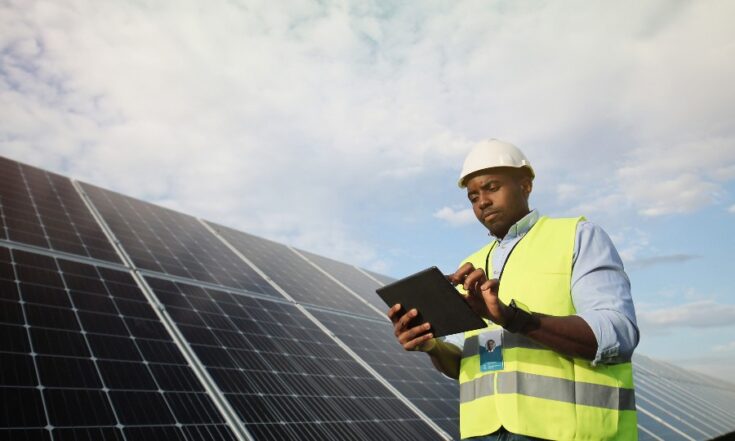
Research from Norwegian Rystad Energy shows that Southeast Asia will account for 10% of the region’s total solar capacity by 2030. Countries such as the Philippines, Indonesia and Thailand are well-positioned to be at the forefront of this growing trend, using FPV to increase clean energy generation capacity, the research says.
Floating solar energy farms can solve the conflict with agricultural land. This approach not only circumvents land access tensions but also presents a potential blueprint for other countries grappling with similar issues.
Operational FPV projects in Southeast Asia currently amount to around 500 MW combined. However, according to Rystad Energy’s data, an anticipated 300 MW of FPV capacity is expected to be added across Southeast Asia in early 2024 alone.
Currently, nine of the world’s top 10 FPV projects by size are in China, with the only exception being the Cirata FPV project in West Java, Indonesia, which was commissioned in November 2023. The project boasts capacity of 145 megawatts-alternating-current (MWac), setting an example that will be followed as more FPV projects enter the fold.
Owned by the state utility Perusahaan Listrik Negara (PLN) and the Emirati renewable energy company, Masdar, the Cirata FPV project is the largest of its kind in Southeast Asia, surpassing others in mainland China and Taiwan (China).


